Today, October 23rd 2025, marks Noctua’s 20th anniversary. Although it might feel like the brand has always been around, the partnership has only existed for 20 years. Tom's Hardware Premium sat down with Noctua’s own Jakob Dellinger to reflect on the company’s small beginnings, chronicling a brief history of the company's two-decade-long impact on the PC cooling industry.
Along the way, Dellinger offers up answers to many of the burning questions you might have about Noctua's eyebrow-raising origins, its iconic coffee-inspired branding, and some of their biggest product releases.
Who is Noctua?
Noctua isn’t a company in and of itself. There are companies registered by the name Noctua around the world, but they aren’t the Noctua you and I are familiar with.
The Noctua we know today is a partnership between the Austrian Rascom and the Taiwanese Kolink. Rascom is a company that has existed long before Noctua, and the same can be said for Kolink. When quizzed on how the brand came to be, Dellinger said:
“Noctua is the result of a cooperation between the Austrian company Rascom Computerdistribution and the Taiwanese company Kolink International. While both parties contribute to areas like R&D, engineering or logistics, other responsibilities are split up”.
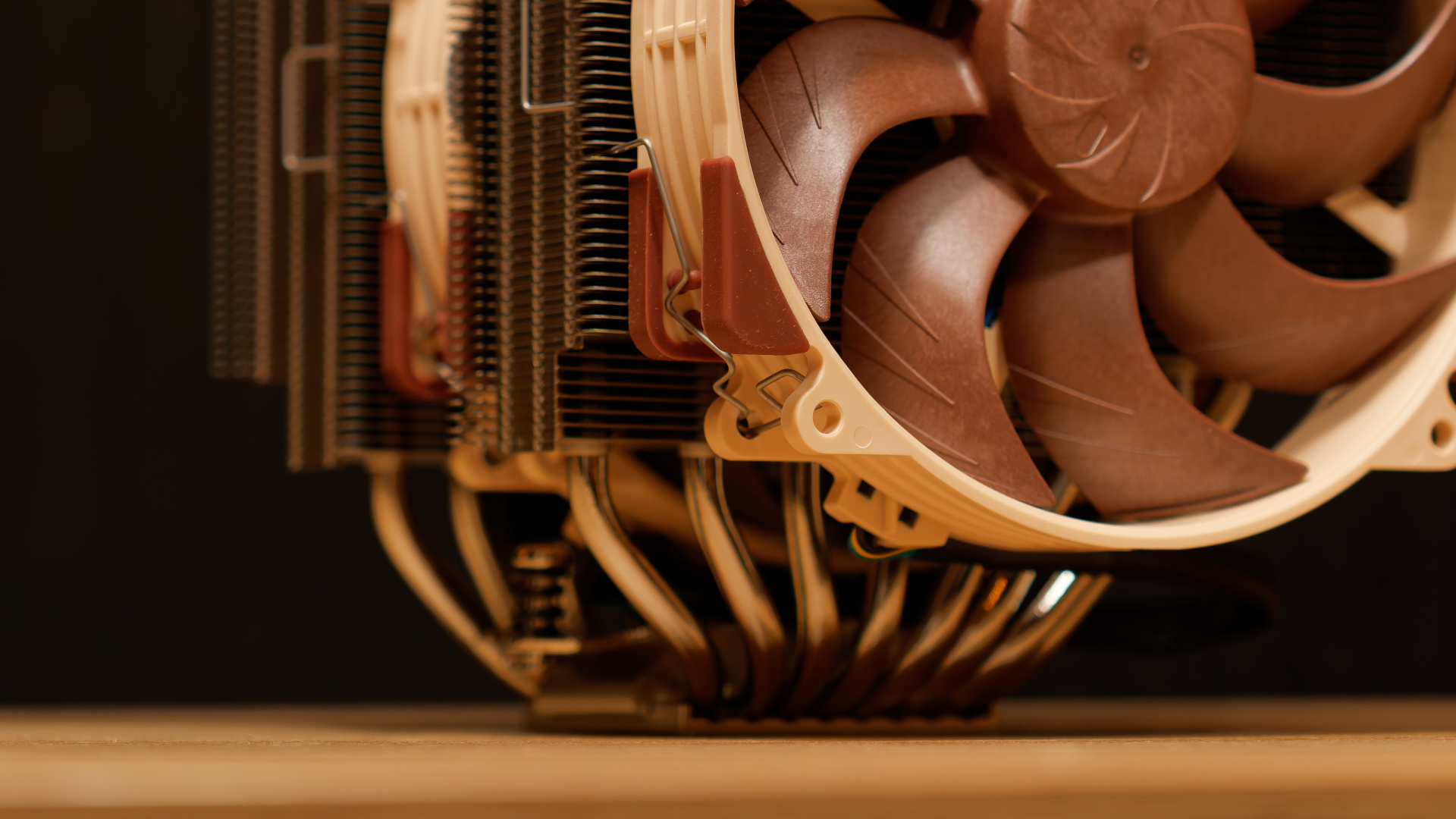
He continues, “For example, Kolink is responsible for manufacturing, sourcing, packaging and onsite-QC, whereas Rascom handles product management, marketing, sales and customer support. In fact, Rascom’s and Kolink’s partnership dates back to before we founded Noctua. We initially did imports and OEM sourcing for other brands before we decided to leverage the expertise that we had built up to start our own thing.”
Among the founding team is Rascom’s CEO Roland Mossig, who founded Rascom Computerdistribution back in 2000. Initially, he was in the import business, hence the term Computerdistribution. But, he found it difficult to continue growing his business while relying on the innovation of others. That’s when Noctua was born.
The unsung heroine: Alexandra Mossig
While Roland Mossig is a key figure at Noctua, there are others, such as Alexandra Mossig, who is one of the pivotal figures who shaped Noctua into what it is today, particularly if you like those iconic coffee-colored hues.
“Roland Mossig [...] has always been in the spotlight and his leadership definitely played a key part in our success, but the importance of Alexandra’s contribution is much less known. Alexandra co-founded Rascom with Roland in the year 2000 and played a key role when we conceived Noctua.”

While founding Noctua, Alexandra developed the company’s logo, color scheme, and the brand’s visual identity. Today, she leads the HR department, while still maintaining an eye on branding.
“What makes both her and Roland’s achievements even more impressive for me is that they managed to build up Noctua while raising four children, two of which have already started working at Rascom.”
But there are other key figures at the company. In 2012, Racom hired Lars Strömbäck to the position of CTO.
“Another person I would like to mention is Lars Strömbäck, our CTO. Lars came on board in 2012 and has propelled our R&D to a whole new level. Without his expertise and the structural changes he introduced to our development and validation processes, the continuous performance uplifts we’ve been able to offer with new product generations would have been unthinkable.”
Today, around 80 people work at Rascom in Austria, with 200 individuals at Kolink in Taiwan.
How Noctua's iconic visual flair came to be
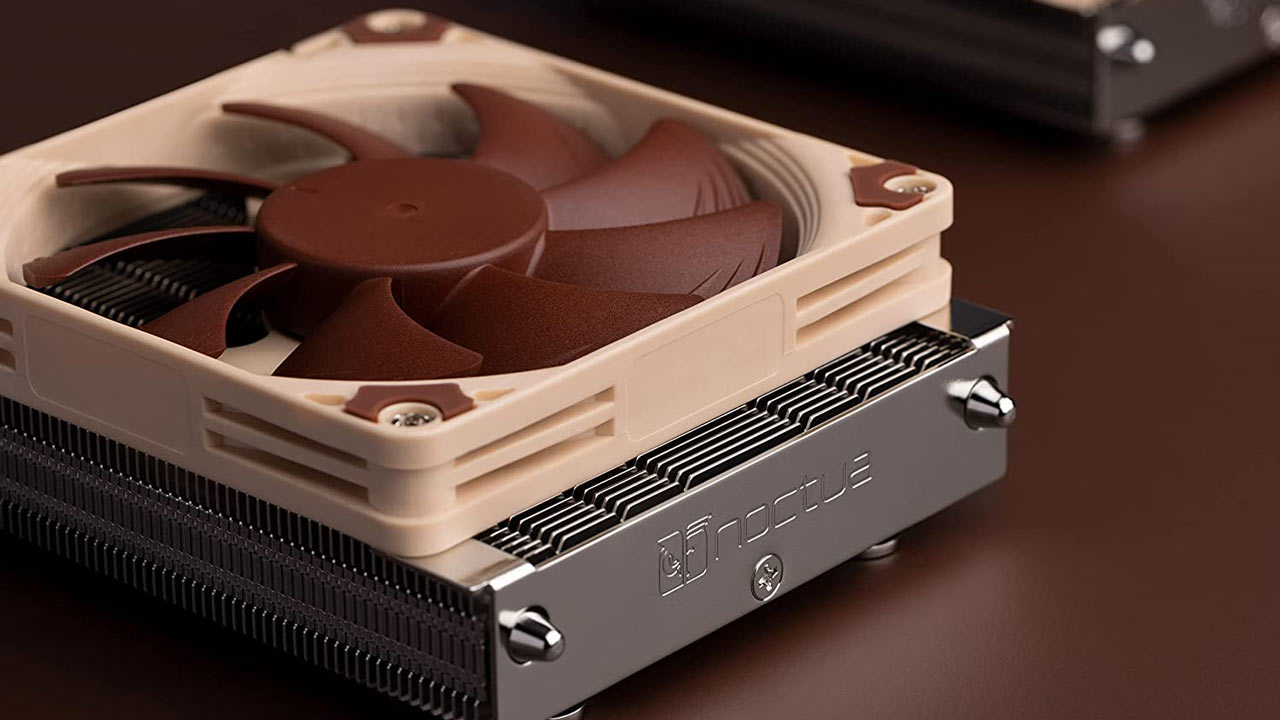
Noctua's first product, the NH-U12, didn't launch with the signature Noctua colors we all know today. But, the brand was hard at work crafting something that would stand out among the rainbow-colored crowd.
“In 2004, when we started to develop Noctua’s visual identity, we were in the first big wave of PC modding, so bold, aggressive colors and flashing lights reigned supreme. People window-modded their case side panels, installed cold cathode lights, and the first LED fans. It seemed that everyone was obsessed with creating the flashiest looking PC rather than striving for maximum performance, let alone optimal acoustics. People loved the look of these LED fans, but their performance and reliability were horrible, as most of them used cheap, brittle plastics that easily cracked and were also quite prone to resonance.”
So, Noctua dared to stand out by offering a more practical solution than what the market trends showed them, creating a niche which was focused on performance, instead of aesthetics.
“Our goal was to deliberately break with that aesthetic and come up with a color scheme that visually reflects our focus on quietness. This is why we went with earth tones, which generally signal calmness rather than aggression, and immediately stood out as something completely different. There have been lots and lots of different fan color schemes over the years, but when you see a Noctua fan, you know it’s a Noctua fan. Admittedly, another influencing factor was that many of us are coffee lovers, so if you find our color scheme reminiscent of Italian coffee culture and design, that’s not a total coincidence.”
Noctua even sold 3-pin fans
If you think Noctua, it’d almost be difficult to imagine the brand selling a fan that does not come with PWM regulation, but even to our surprise, Noctua was late to the party:
“We sold 3-pin DC fans exclusively for the first couple of years" Dellinger noted. "We were late to the PWM game because we were dissatisfied with how PWM-controlled fans sounded back then. The early PWM driver ICs and motors had horrible commutation behavior, so they typically produced clicking noises that were audible from close distances. We spent years refining the motors and driver ICs until we were happy with the result before finally launching our first 4-pin PWM fans in 2011. We still sell a lot of 3-pin fans today, but mainly for applications outside the PC market.”
But, beyond the 3-Pin fans, Noctua has had a very colorful history, which can be tracked through its slate of well-known releases.
2005: Noctua's first-ever heatsink
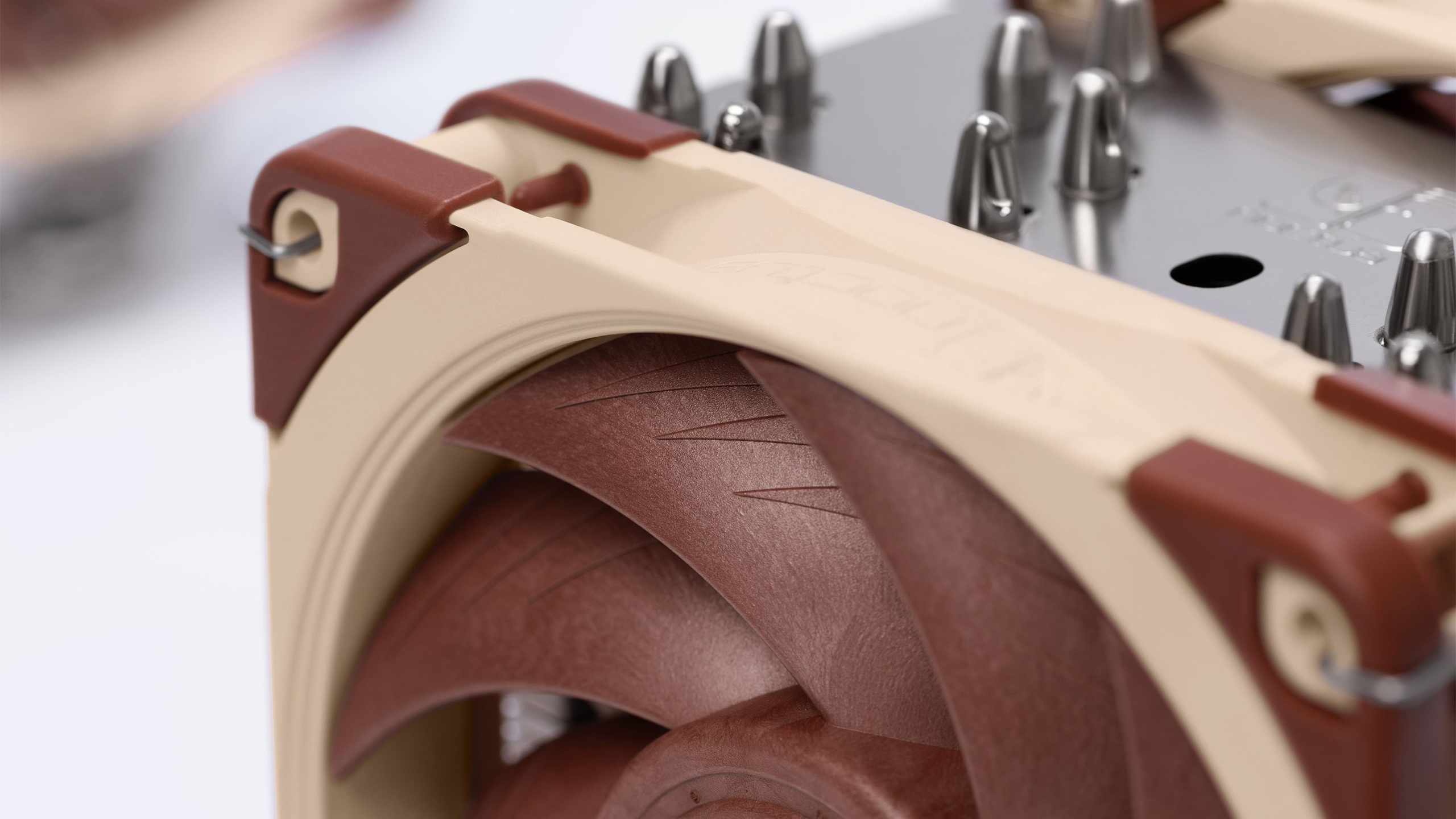
In 2005, Noctua launched the NH-U12. This was the partnership’s first heatsink, and as mentioned earlier, it came without any fans. Unimaginable as that may be today, it occurred more often back in the early 2000s, and the heatsink was also powerful enough to cool many of the day’s CPUs passively, without a fan. In fact, Chris Ramseyer, who’s written for Tom’s Hardware in the past, set a 3DMark record using two passively cooled NH-U12 heatsinks in 2006.
However, one crucial iconic component we know from Noctua today was missing: the beige and brown fans. Dellinger noted:
“When we launched the first coolers in October 2005, we had already been working hard on our first fans for a while, but we weren’t quite there yet. The heatsinks, however, were ready to go, and we knew they were excellent, so we decided to roll them out without fans to get started. Back then, it was more common for heatsinks and fans to be sold separately, so frankly it wasn’t as bold a move as it may seem from today’s perspective.”
2006: Mounting bracket upgrades & NF-S12 fan
In 2006, Noctua began to offer free mounting bracket upgrades for future sockets on its coolers – a tradition that holds true today.
Meanwhile, the company also unveiled its first fan: the NF-S12. This fan is a spinner aimed specifically at tackling airflow in a case, not the heatsink.
It was unheard of at the time, but Noctua engineered a fan whose blade geometry was built specifically to increase airflow in low-resistance scenarios, such as a case. Many fans on the market at the time did alright when it came to static pressure and pushing air through a dense heatsink, but when used in a case, they often ran at high RPM figures to achieve sufficient airflow – but not Noctua’s NF-S12 – this was a fan that could accomplish the same airflow at much lower speeds — and therefore, with much less noise.
One year later, in 2007, Noctua followed up with the NF-P12, designed to surpass all existing heatsink solutions in terms of overcoming thermal resistance.
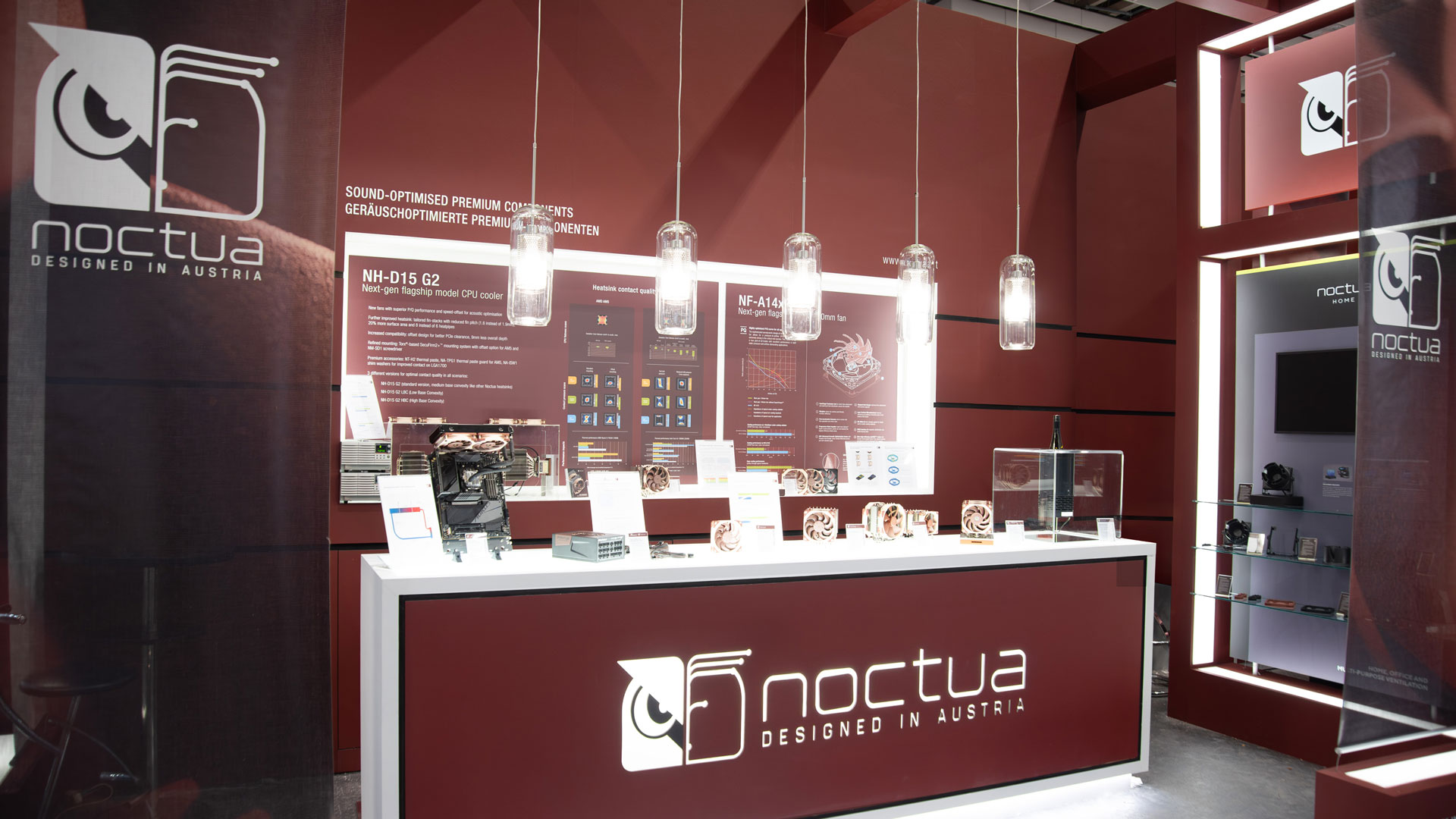
2009: The NH-D14, Noctua's first smash-hit
If there’s one product that put Noctua on everyone’s wishlist, it was the NH-D14. Well, perhaps not everyone, but the NH-D14 combined a dual-tower heatsink design with a round-frame 140mm fan and a 120mm fan, along with six heat pipes. This was a CPU cooler that bested everything available in terms of its performance-to-noise ratio.
This heatsink uses the aforementioned NF-P12, along with the newly developed round-frame NF-P14 — a 140mm variant of the P-series fans.
2011: Press F for Focused Flow
Noctua’s NF-F12 fans were spinners that came with a focused-flow frame. Their design was based largely on the NF-P12 fans, but they came with a modified frame shape that focused the air beam (if you can call it that) at particular components.
This was a fan that was engineered to work well on radiators and heatsinks, but the PC building community found another great use for it: at the front intake, especially in cases with restrictive front intakes where air had to navigate a labyrinth for noise reduction purposes and then also pass through a dense air filter.
You can imagine that in a situation like this, the NF-S12 wouldn’t be able to overcome the resistance, and installing a P12 with a focusing beam (known as the F12) would overcome the resistance and aim the resulting airflow directly at the graphics card, instead of diffusing into the case.
In today’s market, there is no place anymore for an F12-type fan. Most cases use mesh intakes — but in 2011, PCs were not commonly driven by flash storage yet. In 2011, hard drives were still commonplace in the everyday desktop PC, and consequently, case manufacturers often turned to restrictive intake labyrinths to reduce escaping hard drive noise. The NF-F12 was also the first fan to feature the SSO2 bearing —the same bearing that Noctua still uses today.
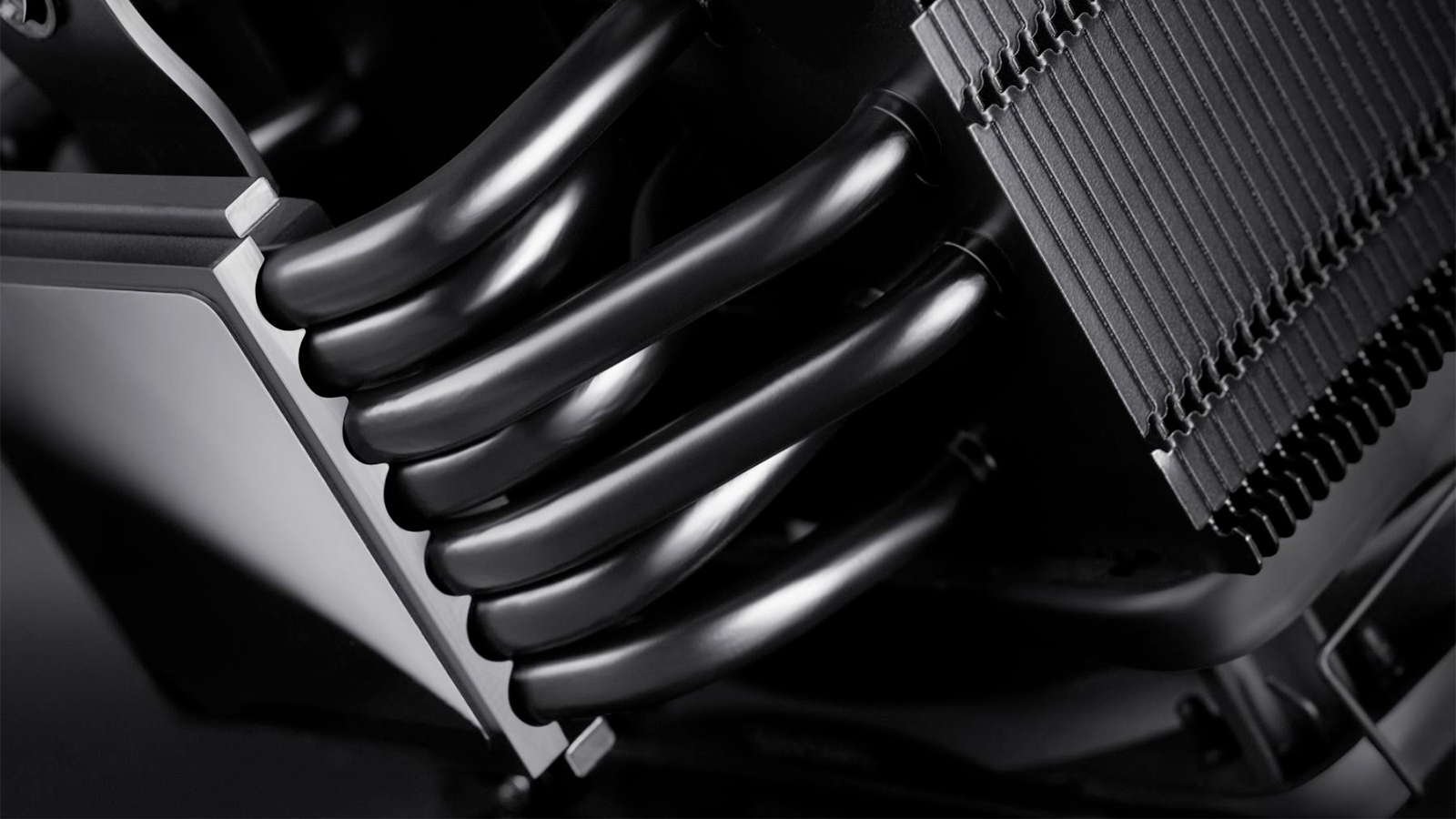
2012: First A-Series fans are introduced
With the introduction of the A-series fans, Noctua introduced spinners that are suitable for attacking both static pressure and low-resistance airflow. In this big release, Noctua unveiled the NF-A14, NF-A9x14, NF-A6x25, and NF-A4x10. Curiously, Noctua did not release a 120mm variant, even as the public was begging Noctua for one.
Why? Because the A-series fans featured a handful of fundamental design changes, including Flow Acceleration Channels on the blades, and the AAO (Advanced Acoustic Optimization) frame with its stepped inlet design, inner surface microstructures to relieve turbulence between the blade tip and the frame, and rubber vibration dampers on all corners.
But Noctua wasn’t quite happy with it yet, entirely. The improvements were good enough for the low-volume products included in the release, but for the 120mm model — what was to become the flagship model — Noctua felt it had to continue development.
Of course, Noctua could have released an NF-A12 at this point, everybody would have bought it, and they would have made tons of money — but that was never the point.
2014: The NH-D15 dominates
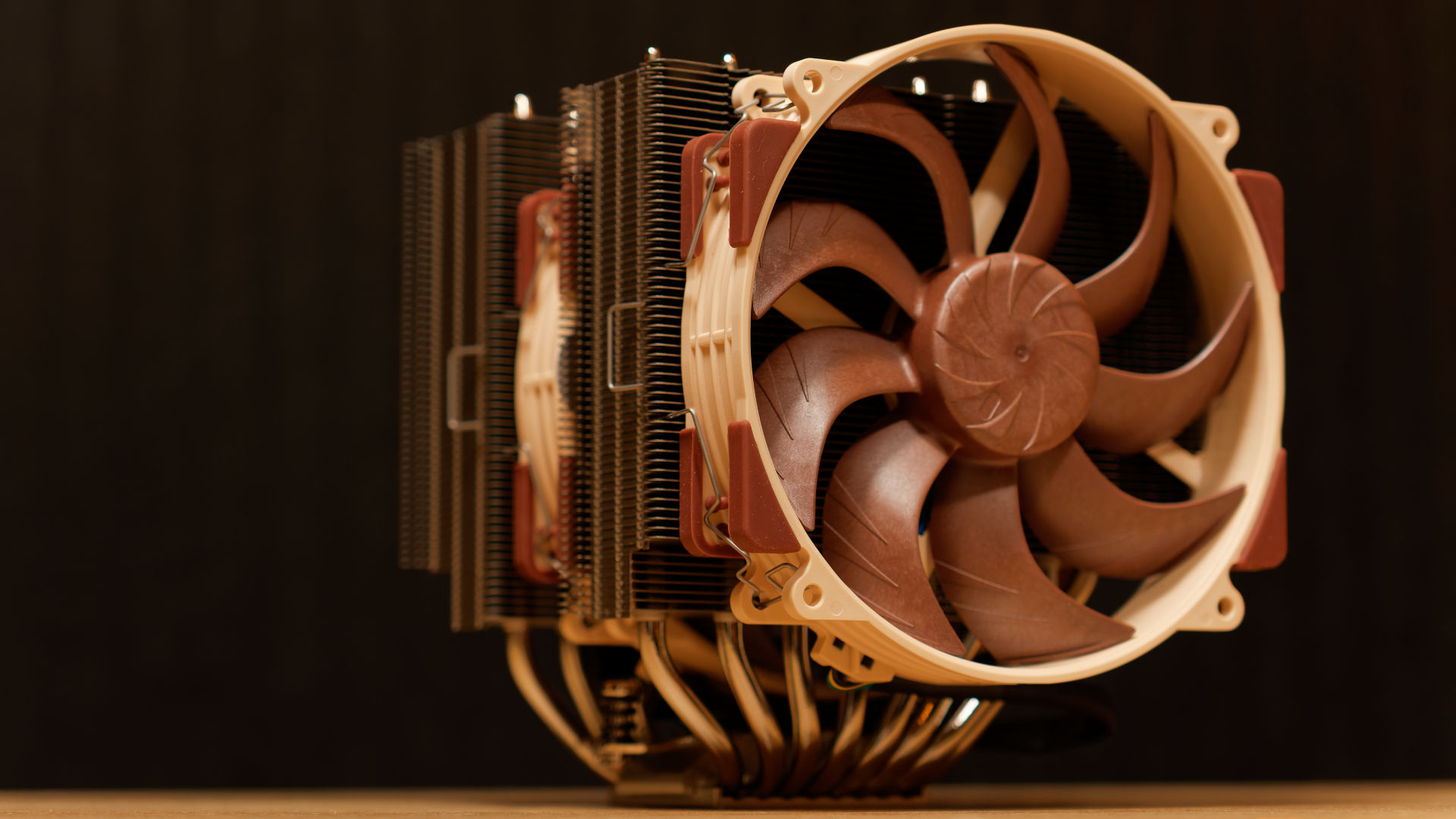
If the NH-D14 wasn’t already brilliant, Noctua upped the ante with NH-D15, which featured a dual-tower design, this time with two round-frame 150mm A-series spinners.
“We’ve already mentioned NH-D14 before, but we should certainly also mention [the] NH-D15 as it provided another boost in performance in 2014 and, just like its predecessor in 2009, became the undisputed king of the hill for high-end air coolers. In the case of NH-D14, however, it only took the competition a couple of years to catch up. NH-D15, by contrast, was widely considered the cooler to beat for over a decade, which I think is quite impressive in its own right.”
2018: The iconic NF-A12x25 fans land on the scene
Only six years after the introduction of the A-series fans, Noctua finally felt it had come far enough in developing the 120mm A-series spinner that it felt satisfied it would be worthy of the A12 nomenclature. We got a little more than what we expected though, both in name and product design.
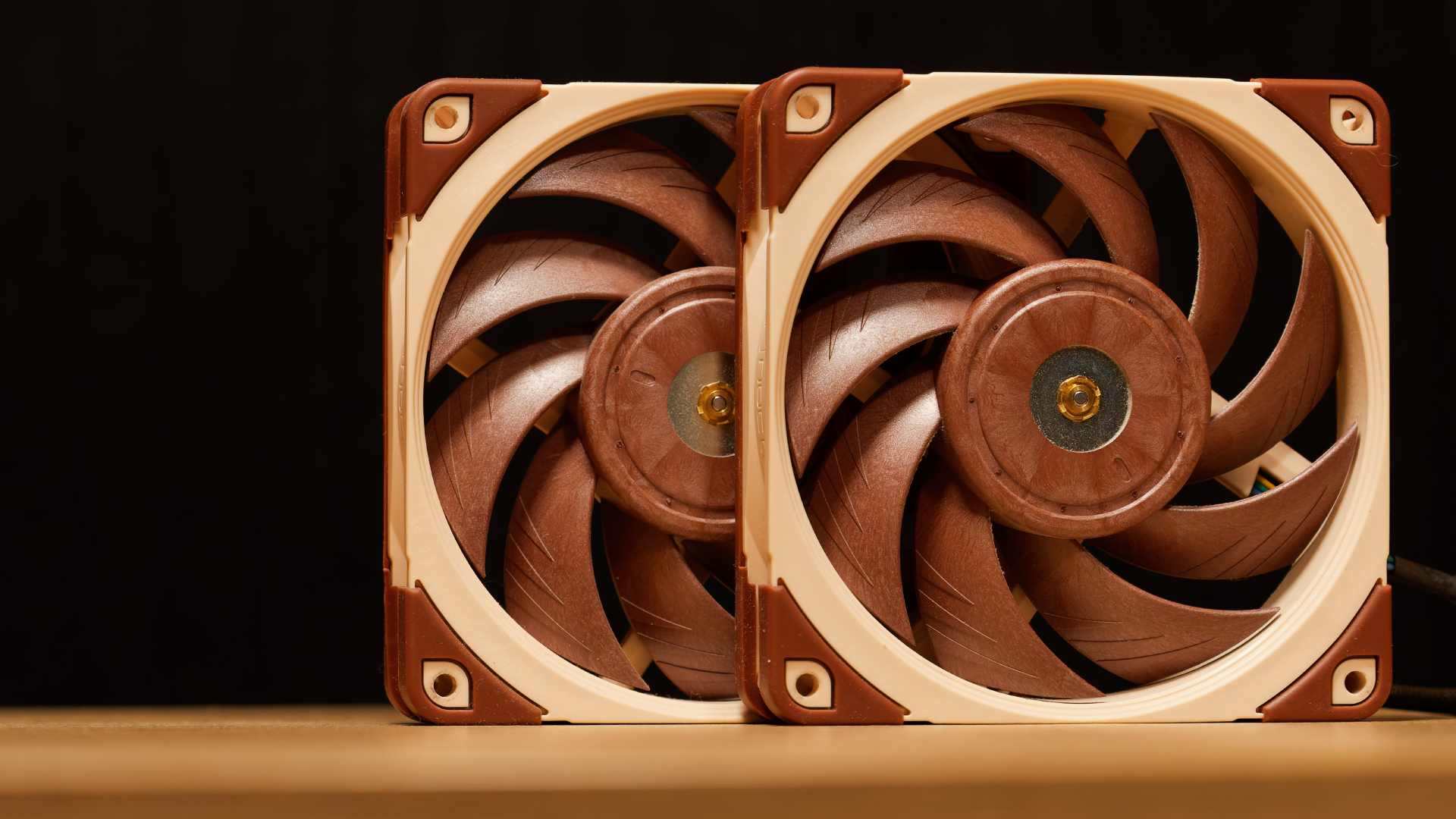
Let's first decipher the name, NF-A12x25: Noctua Fan, A-Series, sized at 120mm wide and tall, x 25mm thick.
As far as the tech goes, both the frame and SSO2 bearing are largely the same as in the previous A-series fans; however, the real magic lies in the fan blades. Rather than using a simple plastic dyed in Noctua’s beautiful brown, Rascom and Kolink birthed a fan blade assembly that’s made from Sterrox LCP (Liquid Crystal Polymer). This is a fundamentally different material from anything previously used in PC fans, by pretty much anyone, with the benefit of having higher tensile strength.
Noctua’s goal with the NF-A12x25 was to create a fan that produced shockingly high static pressure, despite the 25mm thickness, but also functioned great as an unrestricted airflow generator. To achieve this, it needed fan blades that were swept forward quite aggressively, really ‘scooping’ the air and drawing it in — in an almost turbine-like fashion. Except, well, they only had 25mm to work with.
Sweeping the blades forward like this came with a problem — the hub end of the blades was quite narrow, and once they were at speed scooping air, ordinary plastic would bend backwards, effectively making the blades stick out further from the hub. Think of those merry-go-round swings, except this one has a frame immediately around it.
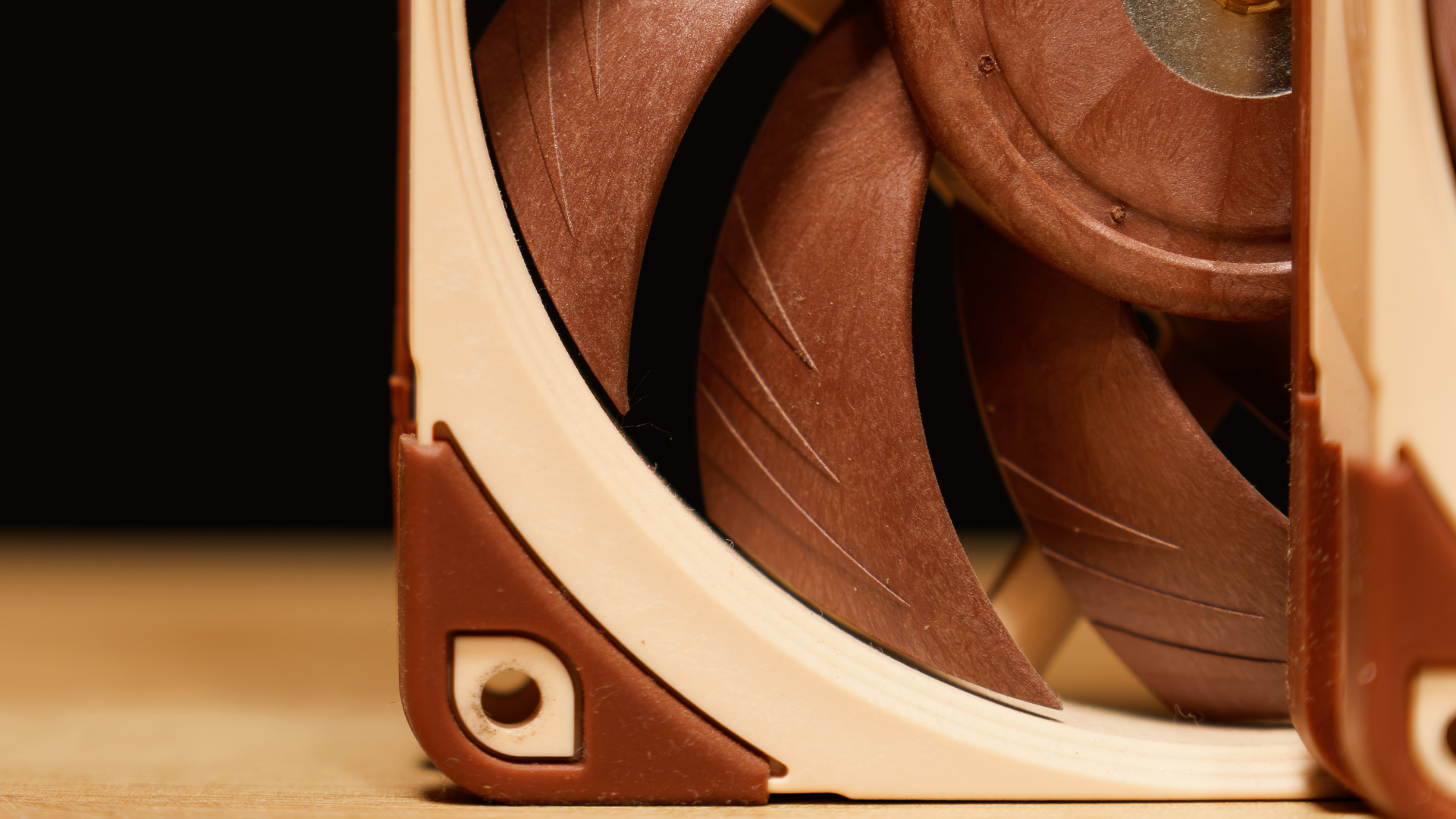
What’s more, the blade tip to frame clearance is just a minuscule 0.5mm. This was to ensure no air could leak back through the gap, enabling maximum static pressure. This is where ordinary plastic wasn’t going to cut it anymore, either. At heavy loads, it would just expand under the pressure of all the air it’s scooping, and hit the frame.
That’s where Sterrox LCP came in to save the day with its high tensile strength, which Dillinger says was a breakthrough, especially at scale.
“We really had to step up our game to be able to mass-produce this ambitious design with its ultra-tight 0.5mm tip clearance. In the end, we were very confident with the design based on our simulations, accelerated long-term tests and the measurement data from QC, but you can never be 100% certain that there won’t be any issues until you put the product out in the wild. So the fact that by now, we have lots of these fans running for around eight years without any problems is a nice testament to the quality of our prediction models.”
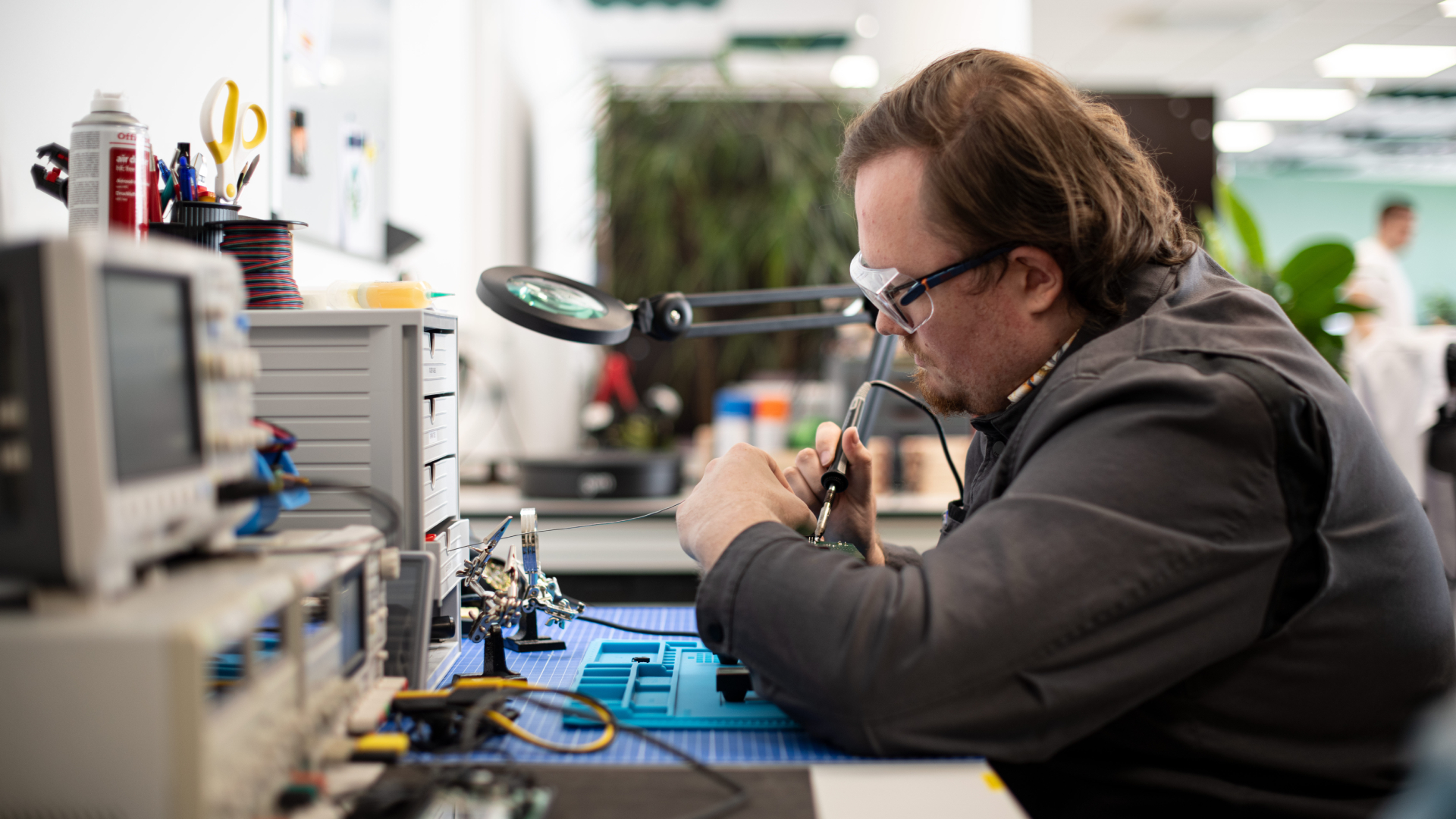
2021: Passive Cooling & a black NF-A12x25
The fact that the NF-A12x25 only launched in Noctua's signature brown and beige is no surprise. What might come as a surprise is that it took three years for Noctua to release a black version.
Why? Because changing the dye in the plastic changes how the molding process interacts with the material, and how the plastic behaves, as Dillinger says:
“It’s challenging no matter the color, or, to put it in a different way, every color is a new challenge, because every color behaves slightly differently in the injection molding process. This means that we must create new injection molding tools and fine-tune them as well as the process parameters for any new color."
But, figuring out the specifics of how color pigments interact is only one part of the equation, as Noctua has to also invest in extra tooling while refining existing designs for the original color.
"The validation process for each new tooling is a long and cumbersome process with accelerated lifetime tests that take three months to run and a lot of extra time to prepare and analyze. In a best-case scenario, we can complete tooling creation and validation in around half a year. Since we can only kick the tooling for the black version off once the regular version is in mass production, the black versions always come a bit later.”
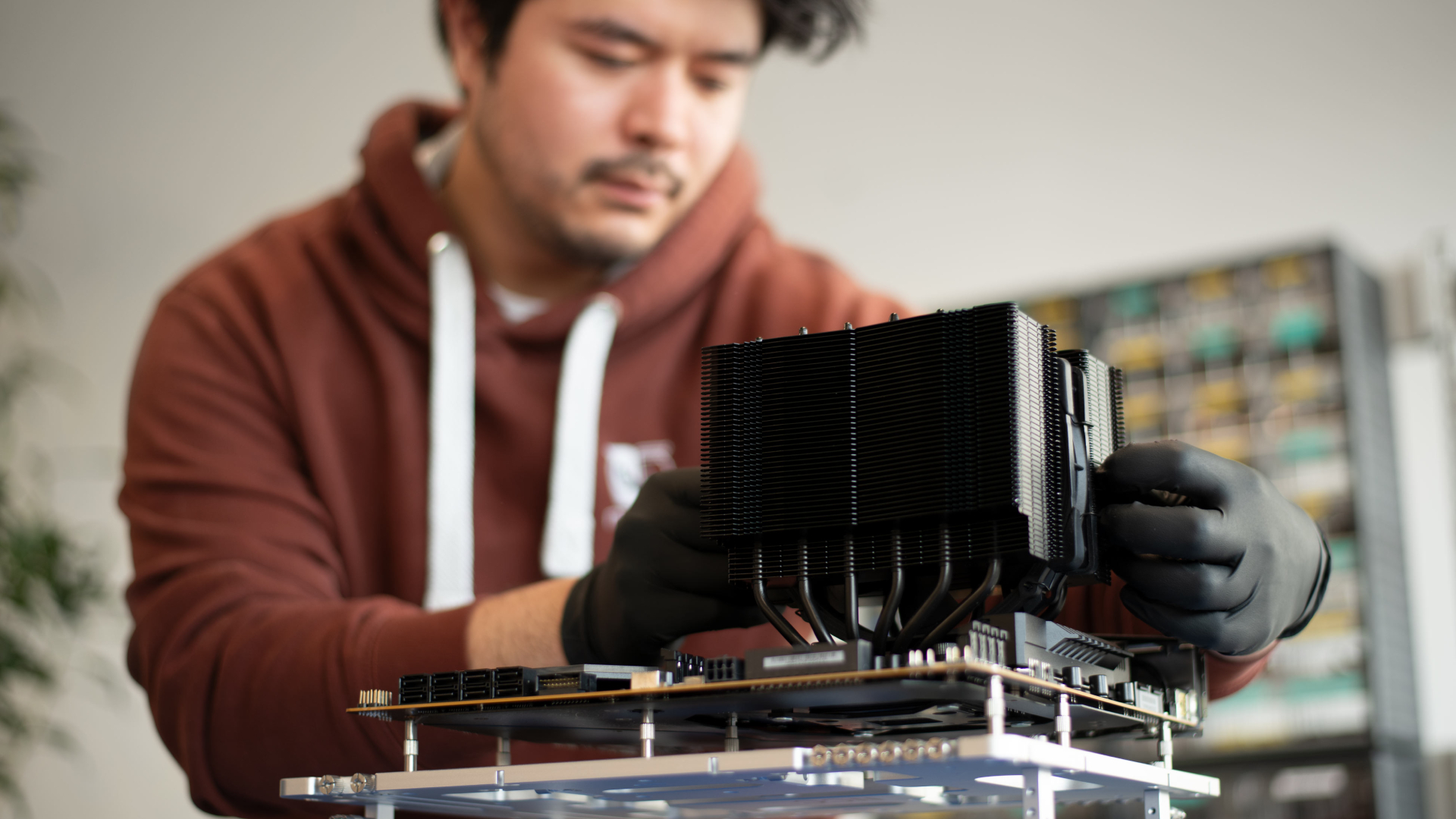
“In [the] case of the NF-A12x25, it took much longer to get the black version out, but that was less due to technical difficulties than due to production volume and supply chain limitations. We were in the midst of the pandemic, so we were severely struggling to produce and supply sufficient volumes of our existing SKUs. Adding another high-volume SKU to your portfolio is the last thing you would want to do in a situation like this!”
In 2021, Noctua also introduced the NH-P1 heatsink — the brand’s first passively-cooled CPU heatsink.
2024: The G2 gear arrives
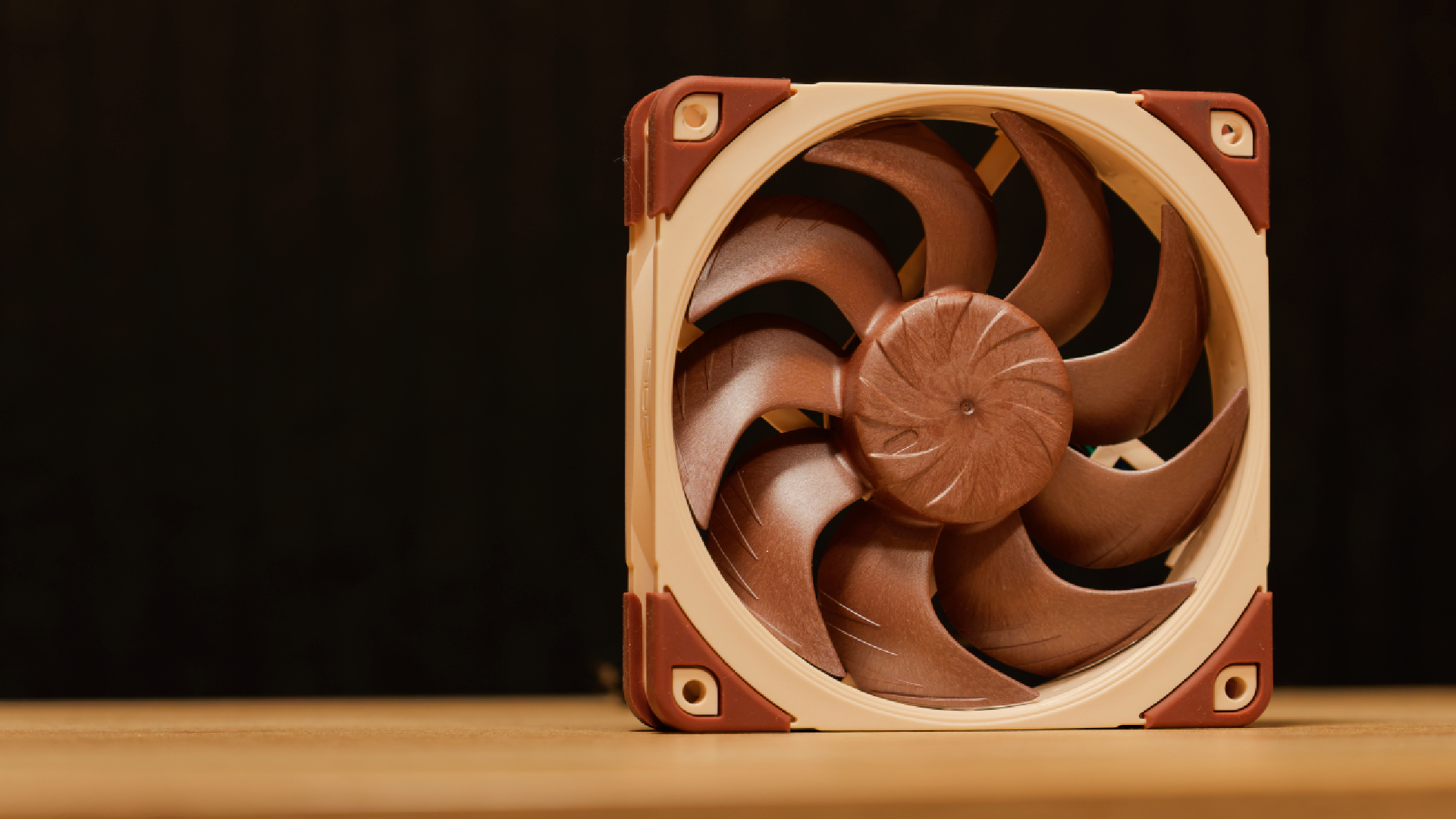
Six years later, Noctua unveiled the NF-A12x25 G2. This second-generation NF-A series fan features an all-new blade design, though it’s otherwise built on the same principles with the 0.5mm tip clearance and the use of the exotic Sterrox LCP material.
The motor’s control mechanism has also been updated with a feature called SupraTorque, whose job it is to maintain a set RPM at specific PWM duty cycles. Basically, it will keep spinning at, let’s say, 800 RPM at 35% duty, whether it’s in a free-flow scenario or strapped to a thick radiator. Most other fans would bog down a few RPM lower, but not the NF-A12x25 G2.
“I would mention the latest G2 products, [...] It’s been quite a battle to achieve another performance uplift over their predecessors, so finally accomplishing that goal after years and years of hurdles in design and manufacturing felt very special. The excellent feedback that these products have received from customers and reviewers was the icing on the cake.” Dillinger notes on the recent launch.
Such precise control over the RPM also allowed Noctua to build in another feature. You can buy the NF-A12x25 G2 in Sx2-PP two-packs, featuring a PPA-labelled fan and a PPB-labelled fan, one of which spins 25 RPM faster than the standard NF-A12x25, and one that spins 25 RPM slower.
Why? Because a consequence of the extremely precise RPM control, Noctua found that the fans started singing in harmony when grouped to the same fan header using a splitter.
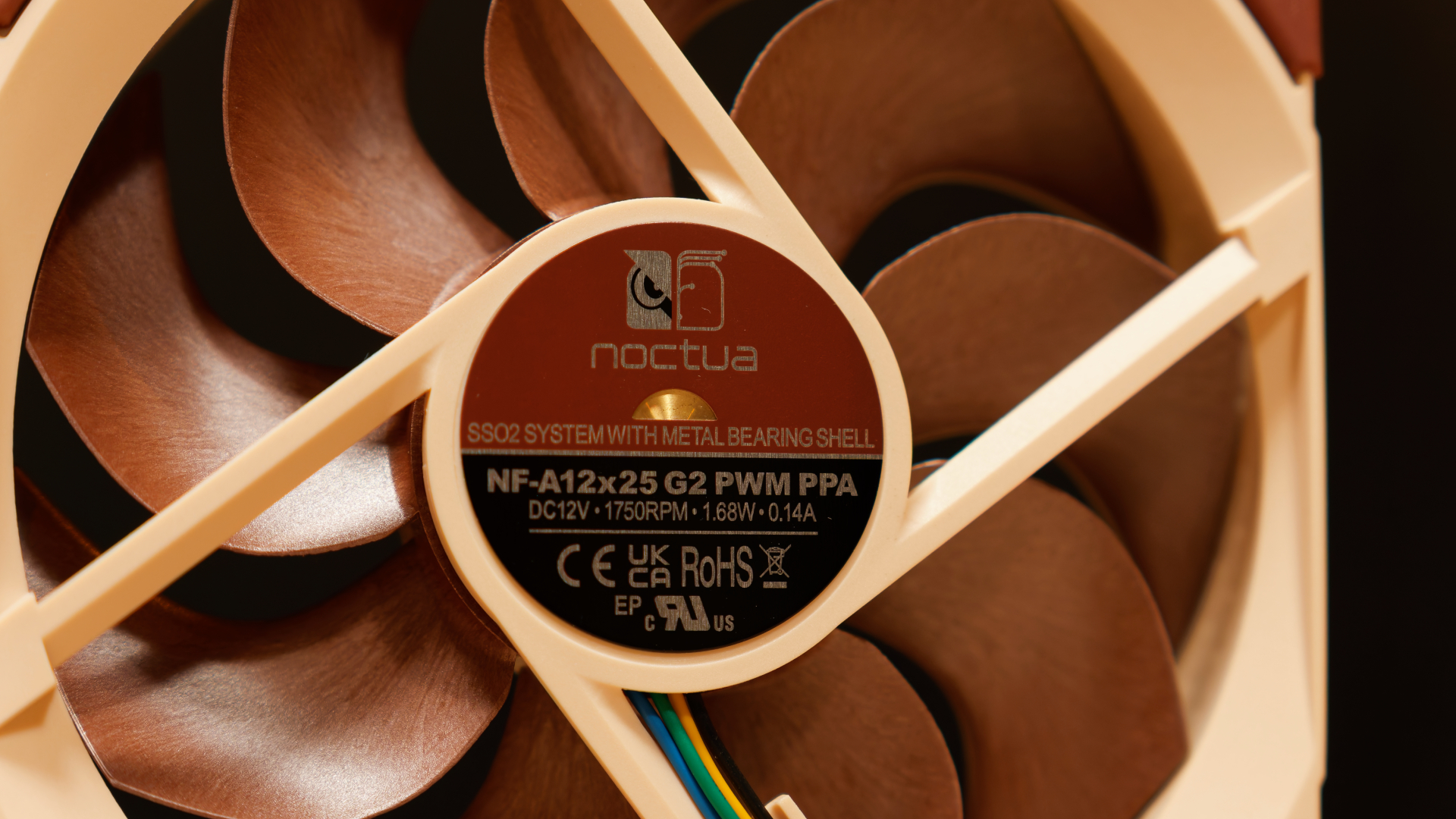
In addition to the G2 fans, Noctua also unveiled the NH-D15 G2, packing two round-frame 150mm G2-design spinners. Thanks to these incredibly capable spinners, Noctua was able to reduce the fin spacing from 1.9 to 1.6 mm between fins, which effectively meant the heatsink has 20% more fin surface over the previous generation D15. The heatpipe count also increased from six to eight.
Partnerships upon partnerships
If there’s one thing that’s clear about Rascom, it’s that it knows who is good at what. Noctua itself is a partnership between Rascom and Kolink, but Rascom’s relationship with partnerships goes deeper than that. For example, Noctua isn’t in the market for designing a case — it has instead turned to Antec, and a Noctua x Antec edition Flux Pro chassis is currently in development.
Also coming up is Noctua’s first-ever liquid cooler. Unpopular it may be, but Noctua has teamed up with Asetek, and with some luck, we’ll see the first Noctua all-in-one liquid cooler next year.
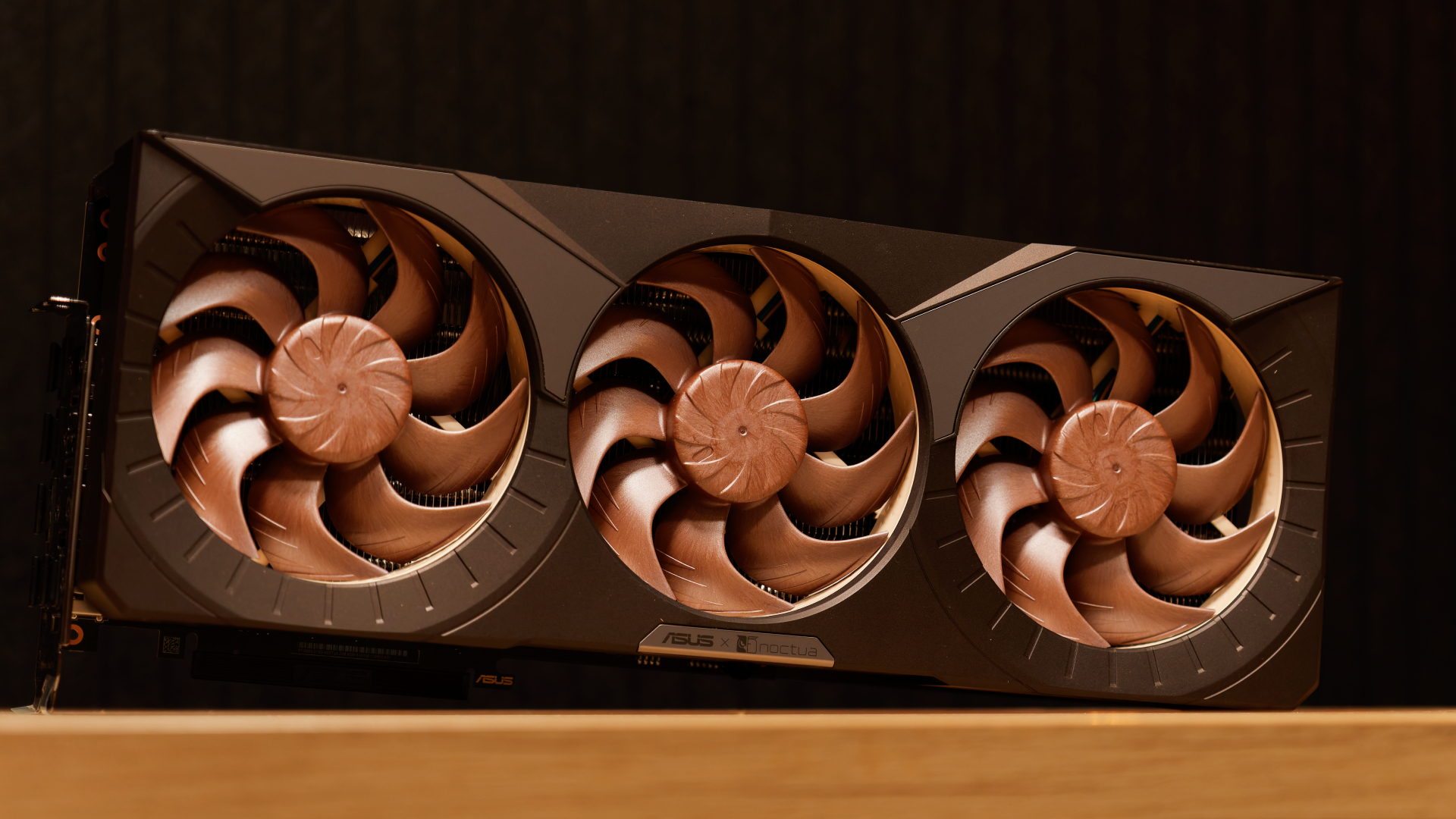
Meanwhile, in 2024, Noctua teamed up with Seasonic to bestow the Prime TX-1600 upon the world, granting us 1600 watts of Noctua-cooled, Seasonic, 80+ Titanium goodness. Curiously, it doesn’t feature a G2 fan, but rather the original NF-A12x25.
In 2021, Noctua formed a partnership with Asus to deliver co-branded graphics cards. Since then, the pair has released Noctua-flavored GPUs like the RTX 3070, RTX 3080, RTX 4080, RTX 4080 Super, and just a few months ago, the RTX 5080.
Noctua's dabbled in partnerships since 2008, where the company teamed up with LaCie, which integrated the NF-P12 to reduce noise levels of the 4-5 bay storage solutions.
Noctua's CEO reflects on 20-years of operation
Now that we're up to speed with the history of Noctua and its products, we had the opportunity to get a short statement from Rascom CEO Roland Mossig himself on the 20th anniversary of the partnership.
“It’s been a long and exciting ride since the early 2000’s when swapping a cooler’s 60mm fan for an 80mm one was enough to achieve a breakthrough improvement in performance-to-noise efficiency. Today, we have different means that enable us to keep pushing the envelope in quiet cooling technology, but it’s still the same annoyance with noisy environments that fuels our passion to make things quieter.”
With that, here's to 20 more years of beige and brown coolers. Who knows, we might even see more colorways one day. Just be prepared for a long wait.

 9 hours ago
9
9 hours ago
9
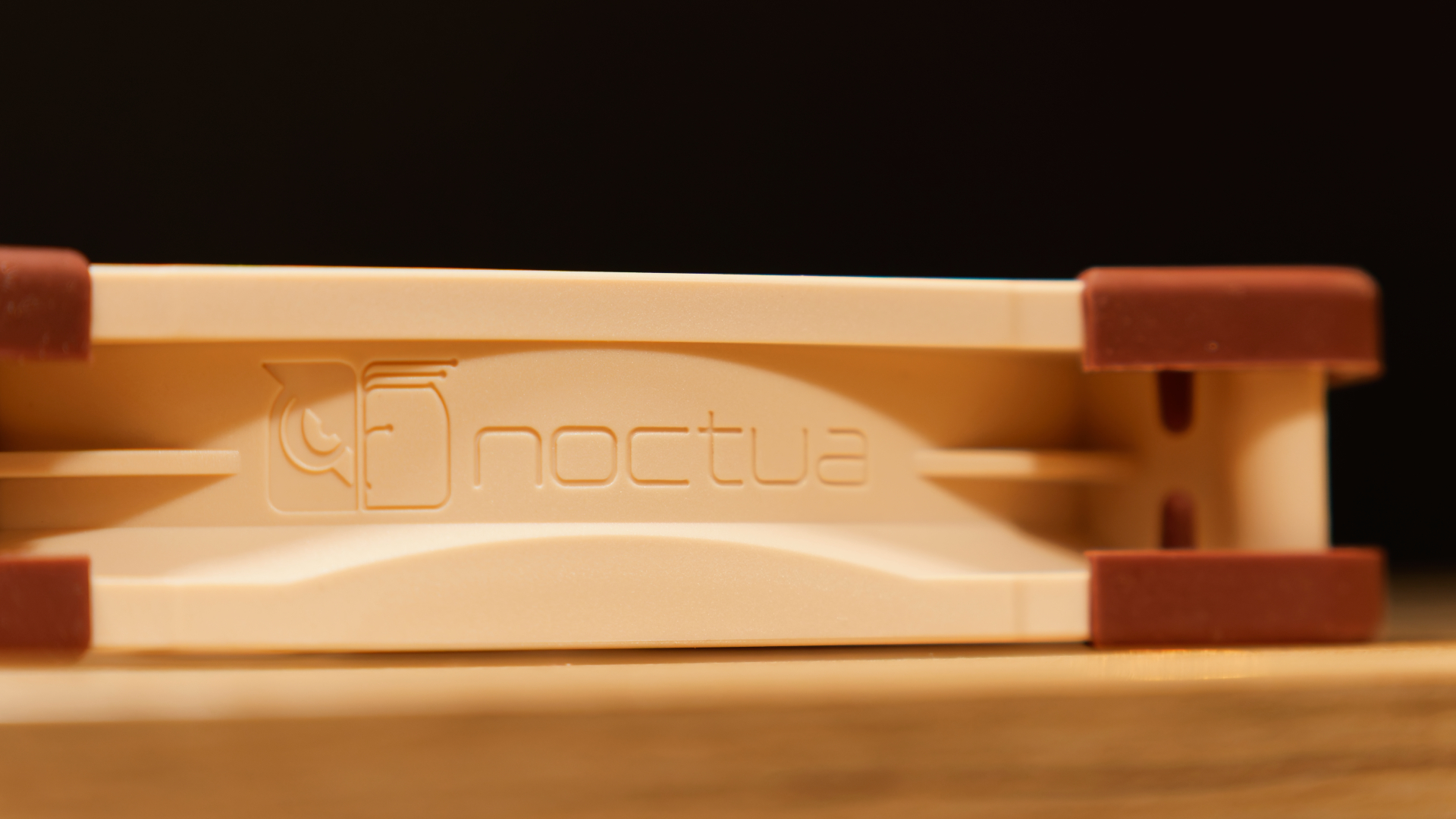
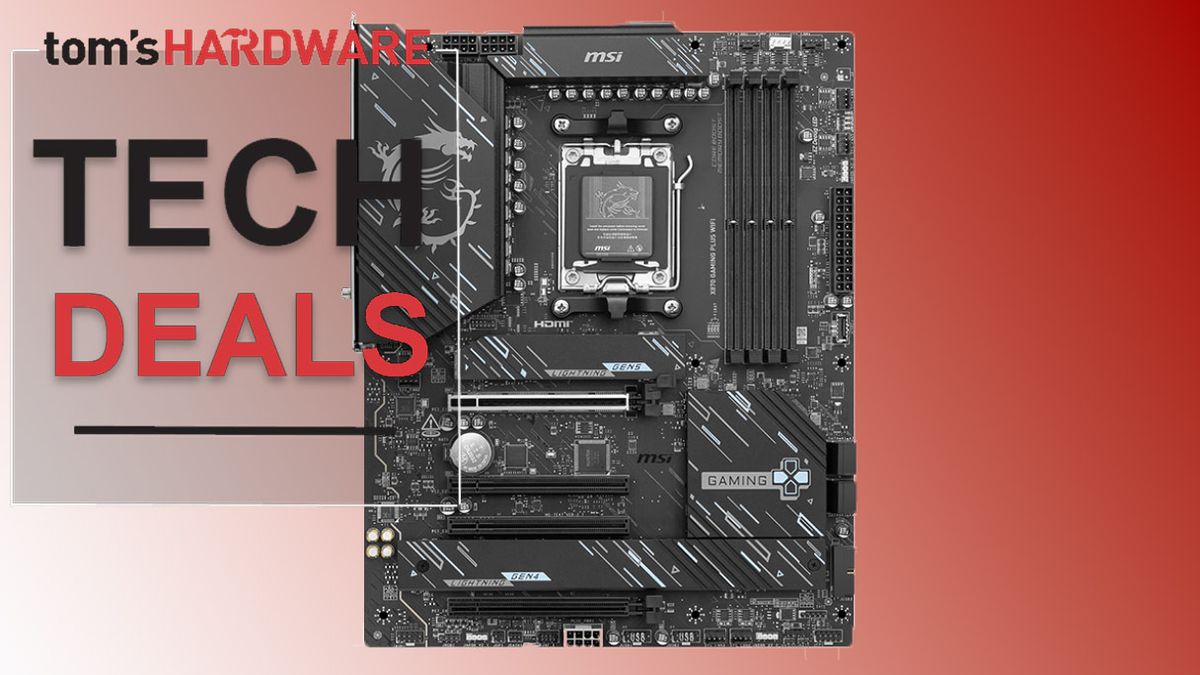
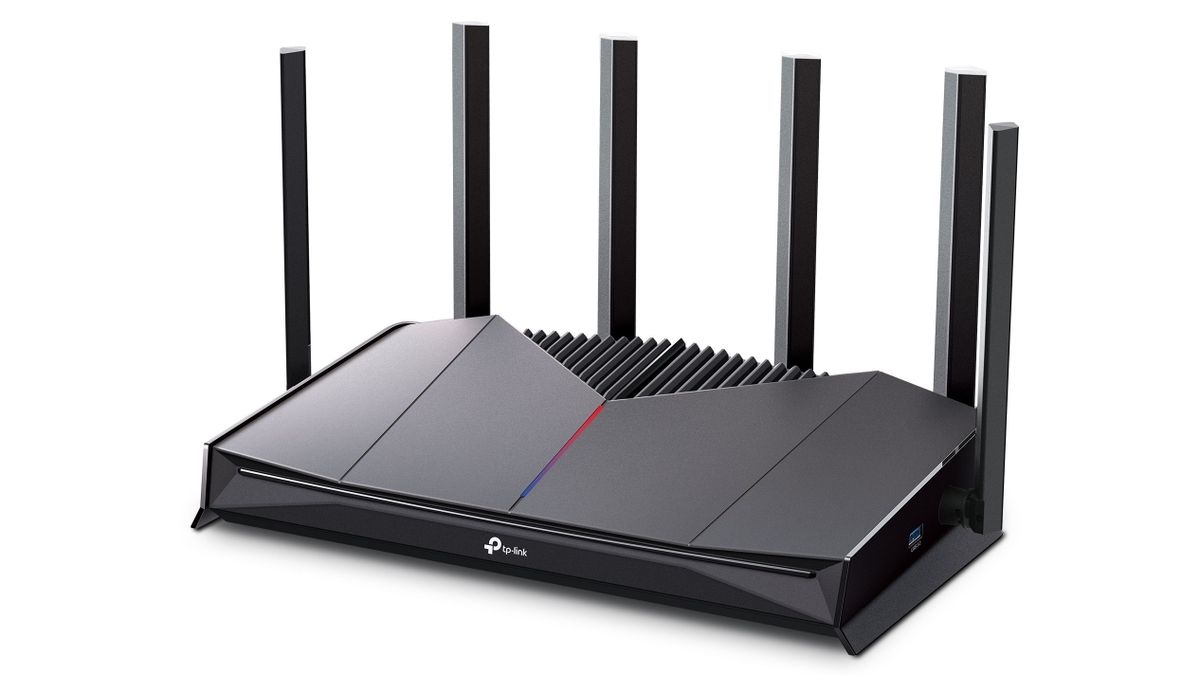
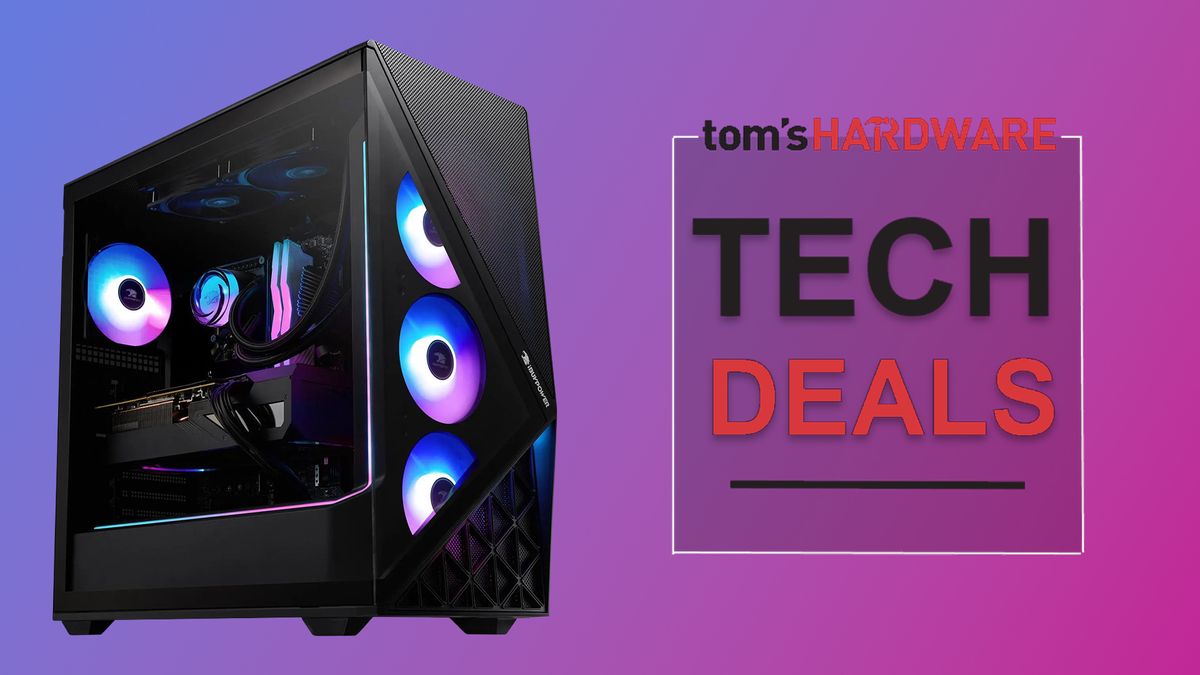






 English (US) ·
English (US) ·